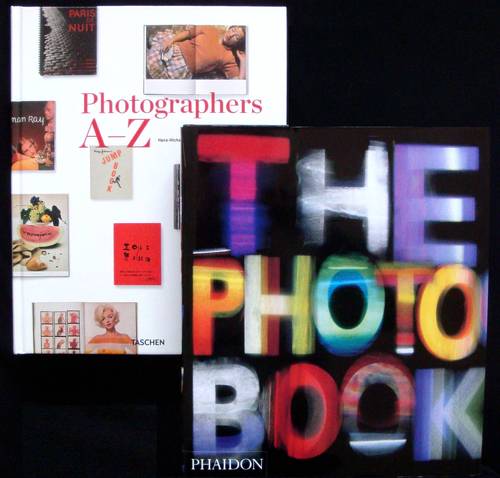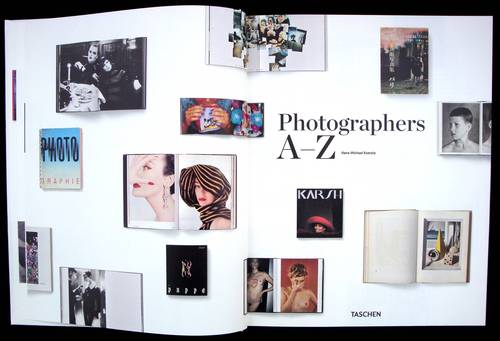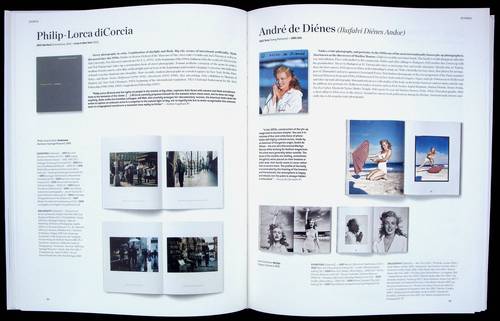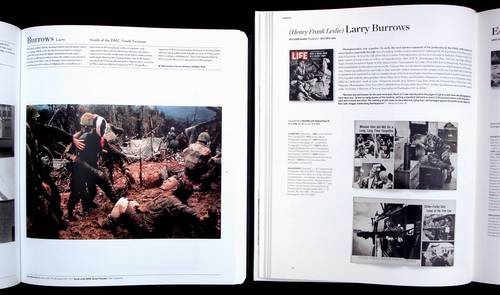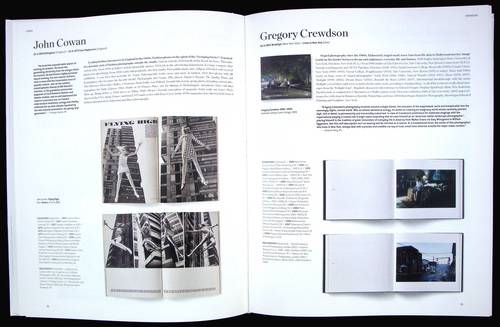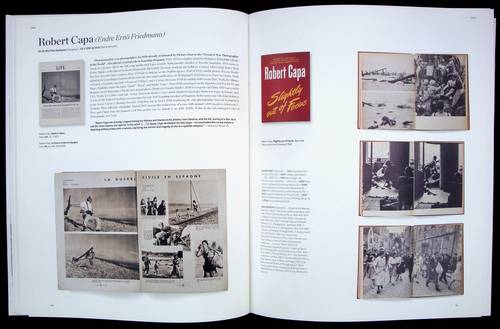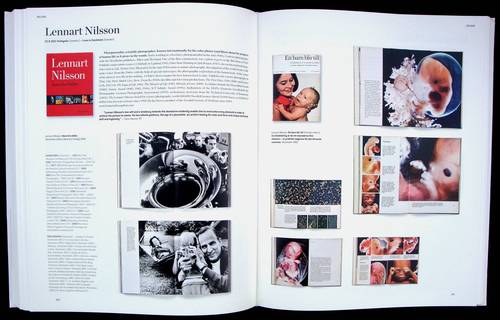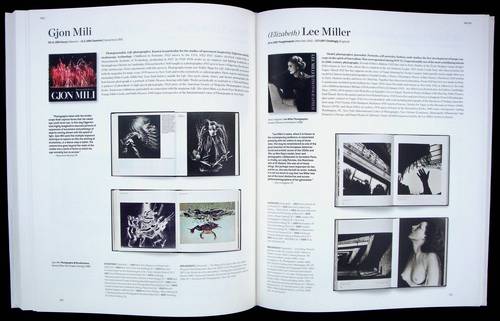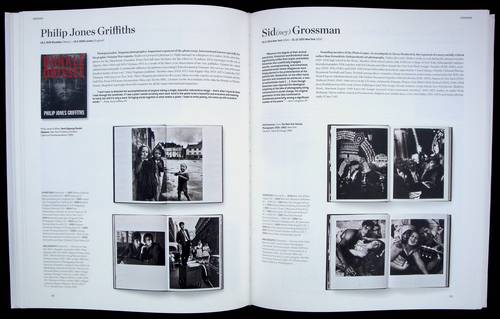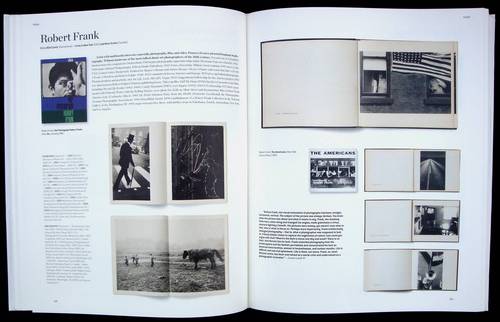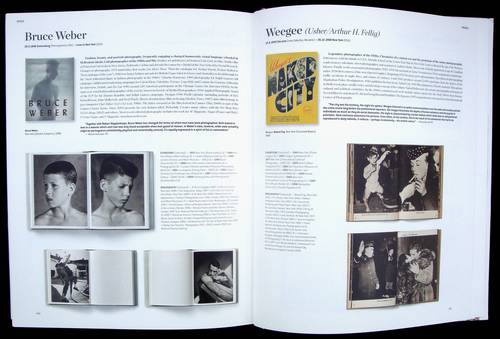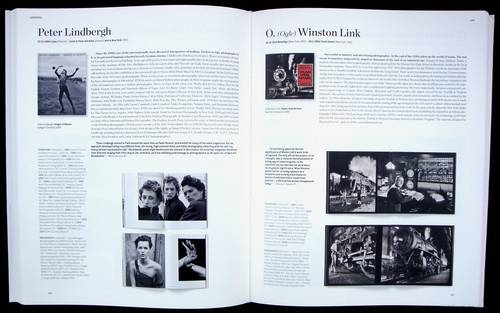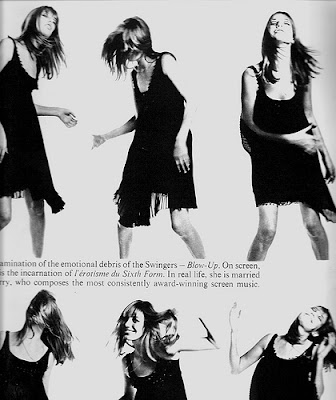Marc Riboud, Photojournalist Who Found Grace in the Turbulent, Dies at 93
By RICHARD B. WOODWARD AUG. 31, 2016
Marc Riboud | 1923-2016
Marc Riboud, the celebrated French photojournalist who captured moments of grace even in the most fraught situations around the world, died in Paris on Tuesday. He was 93.
The cause was Alzheimer’s disease, his wife, Catherine, said.
Mr. Riboud’s career of more than 60 years carried him routinely to turbulent places throughout Asia and Africa in the 1950s and ’60s, but he may be best remembered for two photographs taken in the developed world.
The first, from 1953, is of a workman poised like an angel in overalls between a lattice of girders while painting the Eiffel Tower — one hand raising a paintbrush, one leg bent in a seemingly Chaplinesque attitude.
The second, from 1967, is of a young woman presenting a flower to a phalanx of bayonet-wielding members of the National Guard during an anti-Vietnam War demonstration at the Pentagon.
Both images were published in Life magazine during what is often called the golden age of photojournalism, an era Mr. Riboud exemplified.
A protégé of Henri Cartier-Bresson, he was on the front lines of world events, from wars to antiwar demonstrations. Even so, Mr. Riboud did not consider himself a record keeper. “I have shot very rarely news,” he once said.
Rather than portray the military parades or political leaders of the Soviet Union, for example, he was drawn to anonymous citizens sitting in the snow, holding miniature chess boards and absorbed in their books.
Marc Riboud worked on the front lines of world events, but he also loved taking photographs of anonymous citizens. Credit Bruno Barbey/Magnum Photos
Of the many hundreds of shots he published from Bangladesh, Cambodia, China, India, Japan, Pakistan, Tibet and Turkey, only a handful are of figures written about by historians.
Born on June 24, 1923, in St.-Genis-Laval, near Lyon, he was the fifth and, by his account, the most shy of seven children from a bourgeois family that expected him to take up a respectable vocation. It was his father, an enthusiastic traveler and amateur photographer, who led him astray by giving him a vest-pocket Kodak when Marc was a teenager.
His first photographs were of the Paris Exposition in 1937. After World War II, in which he fought around Vercors as a member of the Resistance, Mr. Riboud studied mechanical engineering at the École Centrale in Lyon. He took a factory job in the nearby town of Villeurbanne after graduating in 1948.
Not until he found himself taking pictures of a cultural festival in Lyon during a one-week vacation in 1951 did he at last decide to commit to the unstable life of a freelance photojournalist. He moved to Paris in 1952.
There he met Cartier-Bresson, who became his mentor. Already a celebrity in his field, this “salutary tyrant,” as Mr. Riboud called him, dictated “which books to read, what political ideas I should have, which museums and galleries to visit.”
“He taught me about life and about the art of photography,” Mr. Riboud said.
Among the lessons imparted was that “good photography” is dependent on “good geometry.” The Eiffel Tower photograph from 1953, the first that Mr. Riboud published, proves how well the pupil absorbed the lesson. In a radio interview more than 50 years later, he still recalled the English-language caption given to the image by the Life copy writers: “Blithe-ful on the Eiffel.”
In 1953, Cartier-Bresson nominated his protégé to join Magnum, the photo collective he had helped found. Until 1979, when he left to go out on his own, Mr. Riboud traveled and photographed constantly for the agency.
Mr. Riboud, center, with the photographers Martine Franck and his mentor, Henri Cartier-Bresson, in 1993. Credit Rene Burri/Magnum Photos
In 1955, he drove a specially equipped Land Rover to Calcutta from Paris, staying for a year in India. He was also one of the first Westerners to photograph in Communist China and spent three months in the Soviet Union in 1960.
Throughout the ’50s and ’60s, he documented the anticolonial independence movements in Algeria and West Africa, and during the Vietnam War he was among the few able to move easily between the North and South.
In the United States, he documented not only protests against the Vietnam War but also a pensive Maureen Dean listening to her husband, the Nixon aide John W. Dean, testify at the Watergate hearings in 1973.
Among the events he documented in recent decades were the return of Ayatollah Ruhollah Khomeini to Iran; the Solidarity movement in Poland; the trial of Klaus Barbie, the Gestapo chief in Lyon during World War II; the end of apartheid in South Africa; and the mood in the United States before the election of President Obama.
During the last third of his life, Mr. Riboud was recognized by museums in many of the countries where he had worked. Photographs from his travels were collected in more than a dozen monographs, including “Marc Riboud: Photographs at Home and Abroad” (1986), “Marc Riboud: Journal” (1988) and “Marc Riboud in China: Forty Years of Photography” (1996).
Mr. Riboud was honored with exhibitions at the Art Institute of Chicago, in 1964, and the International Center of Photography, in 1975, 1988 and 1997, among many other shows. He was the subject of retrospectives at the Musée d’Art Moderne de la Ville de Paris in 1985 and the Maison Européenne de la Photographie in Paris in 2004.
Unlike some artists who resent that the public’s infatuation with a few of their works has turned them into clichés, Mr. Riboud did not mind describing the circumstances behind “The Eiffel Tower Painter.”
Mr. Riboud at an exhibit in Paris celebrating his 50-year career in 2009. Credit Joel Saget/Agence France-Presse — Getty Images
No, he did not ask the workman to pose, he would answer patiently. To have spoken to the man might have caused him to slip. “I’ve always been shy, and I’ve always been trying to ignore the people I was photographing so that they ignore me,” he said.
Of the flower girl at the Pentagon, a 17-year-old high school student named Jan Rose Kasmir, he ventured, “I had the feeling the soldiers were more afraid of her than she was of the bayonets.” (The two later reunited in London, where he photographed her carrying a poster of the 1967 image at an anti-Iraq War demonstration in 2003.)
The immense popularity of these two photographs, assisted by countless reproductions, could well have warped perceptions of Mr. Riboud’s highly diverse body of work. And yet they did truly represent the gravitational bent of his personality.
“I have always been more sensitive to the beauty of the world than to violence and monsters,” he wrote in 2000 in an essay titled “Pleasures of the Eye.” “My obsession is with photographing life at its most intense as intensely as possible. It’s a mania, a virus as strong as my instinct to be free. If taste for life diminishes, the photographs pale, because taking pictures is like savoring life at 125th of a second.”
In 1961, he married Barbara Chase, the American sculptor, poet and novelist. The couple had two sons, Alexei and David, before divorcing in the 1980s. He is survived by his second wife, the journalist and author Catherine Chaine, with whom he had a daughter, Clémence, and a son, Théo.
Until a few years ago, Mr. Riboud still began his day by loading film into his Canon EOS 300. His weakness for sentimental subjects and left-wing causes marred his reputation with some critics.
But this optimism, coupled with his overt sympathies for the downtrodden and a working style that put an emphasis on freedom of movement, unencumbered by any equipment except a camera and his wits, also served to keep him photographing until the end of his life.
“My vision of the world is simple,” Mr. Riboud said when he was in his 80s. “Tomorrow, each new day, I want to see the city, take new photographs, meet people and wander alone.”
A Vietnam War protester recalls a seminal '60s image, part of a new book celebrating French photographer Marc Riboud's 50-year career
By Andrew Curry
Thousands of antiwar activists, hippies, students and draft resisters streamed into the capital on one of those balmy Indian summer days that can make autumn in Washington, D.C. seem magical. October 21, 1967, wasn't the first gathering in the capital to protest America's involvement in Vietnam and wouldn't be the last, or even the largest. But the rally, which came to be known as the March on the Pentagon, was the first with such clear purpose: the protesters hoped to do nothing less than shut down the war effort, if only for a day.
Converging on the world's largest office building late that Saturday afternoon, the crowd of some 100,000—estimates vary widely—encountered more than 2,500 rifle-wielding soldiers blocking their way. French photojournalist Marc Riboud noticed a lone girl posturing inches from the soldiers' sheathed bayonets. "She was just talking, trying to catch the eye of the soldiers, maybe try to have a dialogue with them," recalls the 80-year-old Riboud, whose distinguished career will be marked this spring with a new book and a photo exhibition in Paris, where he lives. "I had the feeling the soldiers were more afraid of her than she was of the bayonets."
Riboud crept close, snapping away in the soft, dying light of the late afternoon with the last of his film. He wouldn't learn the girl's name for three decades, but one photograph he took—a gauzy juxtaposition of armed force and flower child innocence—soon became a defining image of the antiwar era, reprinted in newspapers around the world. It remains a fixture of museum exhibitions and appears regularly in print.
The girl, Jan Rose Kasmir, was 17 when the picture was taken, a high-school student who'd bounced from foster home to foster home in the nearby Maryland suburbs. "I was a good heart trying to follow the light," she recalls. "I just hopped on a D.C. transit bus and went down to join the revolution. None of this was planned. This was before we were all media savvy." Kasmir, now 54 and a massage therapist, has lived for the past three years in Aarhus, Denmark, with her 12-year-old daughter, Lisa Ann, and her Danish husband.
The key to the appeal of Riboud's seminal image may be Kasmir's empathy for her adversary. "All of a sudden, I realized 'them' was that soldier in front of me—a human being I could just as easily have been going out on a date with," Kasmir says. "It wasn't a war machine, it was just a bunch of guys with orders. Right then, it went from being a fun, hip trip to a painful reality."
Georgetown University history professor Michael Kazin says "one of the reasons that photograph became famous is that there was an effort to talk to the soldiers, to convince them to throw down their guns and join us." Kazin, a fellow Pentagon protester in 1967, wrote the 2000 book America Divided: The Civil War of the 1960s. The protesters' plans ranged from the earnest to the absurd: organizer Abbie Hoffman held a mass exorcism, hoping to levitate the Pentagon 300 feet off the ground, turn it orange and vibrate out any evil spirits. (It didn't work.)
The rally didn't stop the war, of course, or even shut down the Pentagon. Instead, it resulted in some of the first violent clashes of the antiwar movement. Soldiers and federal agents lobbed tear gas into the crowds trying to force their way into the building. Six hundred eighty-one protesters were arrested, and dozens were beaten as they were pushed off the Pentagon's steps. The violence, memorably chronicled in novelist Norman Mailer's firsthand account, The Armies of the Night, focused the world's attention on the peace effort as never before.
More than 30 years after the protest, a French newspaper tracked down Kasmir, and last February Riboud followed her to another antiwar protest—this time in London, against the war in Iraq—and captured an image of a woman still committed to the ideals of her youth. She took with her a poster-size copy of the 1967 photograph, invoking the activist legacy of the 1960s against the looming conflict in Iraq; Riboud captured that moment too.
Born in Lyon, France, in 1923, Riboud first picked up a camera at age 14 and has spent the past half-century as a photojournalist. His many assignments have included war zones, protests, independence movements and street scenes from Asia and Africa to France and the United States. Mentored by the pioneering photographers Henri Cartier-Bresson and Robert Capa after World War II, Riboud joined the elite Magnum photo agency in 1953. He traveled to North and South Vietnam before and after the Pentagon march.
His work is currently being exhibited at the Maison Européenne de la Photographie in Paris, and a book, Marc Riboud: 50 Years of Photography, is due out this May. Brian Wallis, chief curator of the International Center of Photography in New York, says Riboud is a "concerned photographer," not an impartial observer of events but, rather, "one of those photographers who uses pictures to try to right wrongs they see in the world." Whatever one's politics, it's hard to look at Riboud's latest photograph of Kasmir and not admire the consistency of her passion—and his.
Andrew Curry
Andrew Curry is a Berlin-based journalist who writes about science and history for a variety of publications, including National Geographic, Nature, and Wired. He is a contributing editor at Archaeology and has visited archaeological excavations on five continents. (Photo Credit: Jennifer Porto)














































































